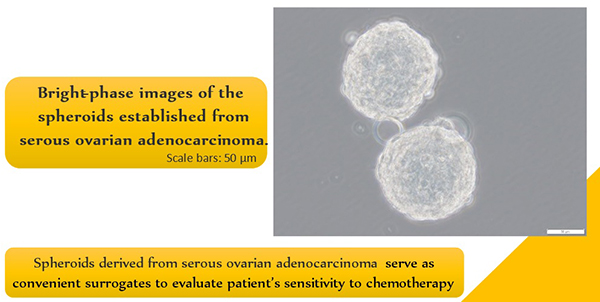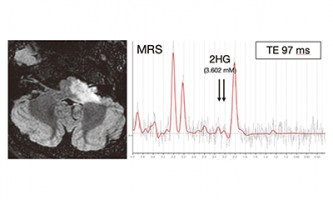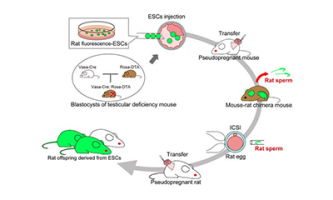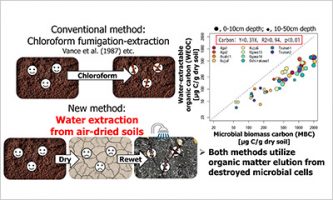Integrative Analyses Revealed the Roles of G6PD in Cisplatin Resistance via Redox System
Oct 06 2021
The importance of integrative approach utilizing patient-derived spheroids in defining the nongenetic basis of ovarian cancer chemoresistance.
Three-dimensional (3D) culturing approaches help probe cancer stem-like cells (CSCs)-associated traits, chemoresistance, and cellular heterogeneity ex vivo. For instance, the culture of organoid-driven clinical cancer specimens can reiterate the histology and mutation landscape of the corresponding tumors, and the creation of these organoids are suitable surrogates of in vivo tumors. Conspicuously, the chemosensitivity of organoids often reflects the clinical response of patients, and well-known organoid panels are used to systematically examine sensitivity to chemotherapeutic agents. Hence, understanding the molecular basis of their differential responses to chemotherapeutic agents will likely lead to improved precision in personalized cancer therapy.
Dr. Kaoru Yamawaki, Dr. Takayuki Enomoto and coworkers from the Department of Obstetrics and Gynecology, Niigata University Medical School, Niigata, Japan, and Dr Koji Okamoto and his team at the Division of Cancer Differentiation, National Cancer Center Research Institute, Tokyo, Japan observed that spheroids screening might be suitable for identifying effective therapeutic compounds for treating otherwise treatment-refractory cancers.
Although standard chemotherapy, which combines taxane- and platinum-based compounds, is initially effective for many ovarian cancer patients, most of them eventually develop recurrent cancers. Besides, in advanced cases (stage III or IV), >70% of patients suffer a recurrence within 5 years under standard therapy. Because platinum sensitivity is a major determinant of prognosis, there is a serious medical need to understand the molecular basis of the platinum chemoresistance of ovarian cancers.
Because the spheroid exhibited distinct intertumoral heterogeneity associated with chemosensitivity to platinum-based compounds, Dr. Yamawaki and his coworkers exploited the established spheroids to compare cisplatin chemosensitivity and gene expression profiles to better understand the molecular basis of such heterogeneity and to systematically cross-examine the sensitivity to therapeutic compounds.
The statistical analyses of cisplatin-resistant spheroids derived from ovarian cancer revealed that chemoresistance was linked to significantly elevated expression of genes associated with activation of glutathione-mediated redox metabolism. Numerous enzymes involved in glutathione-mediated redox systems require NADPH, the production of which is largely attributed to glucose-6-phosphate dehydrogenase (G6PD), a gatekeeper enzyme of the pentose phosphate pathway. NADPH generation by G6PD is critical for redox homeostasis and thus contributes to the adaptation of cancer cells against oxidative stress. In the present study, they found that the chemoresistant spheroids expressed elevated levels of G6PD and the NADPH-dependent redox genes, suggesting that G6PD plays a crucial role in cisplatin resistance by affecting multiple enzymes that regulate the redox system. Moreover, the analyses of clinical specimens showed that G6PD expression was significantly associated with poor prognosis suggesting that the cisplatin resistance of ovarian cancer is linked to the elevated expression of redox proteins.
Overall, the data presented by Dr. Yamawaki and associates underscores the importance of the integrative approach that utilizes patient-derived spheroids in defining the nongenetic basis of cancer chemoresistance. Dr. Yamawaki says: “we have established a panel of spheroids derived from clinical specimens of ovarian cancers and exploited them as a platform to systematically interrogate the chemosensitivity against therapeutic compounds. Because we found that the ovarian spheroids showed diverse heterogeneity in chemoresistance against platinum-based compounds, we looked for molecular profiling associated with cisplatin chemosensitivity to understand molecular basis of the heterogeneity. These integrative studies revealed that the chemoresistance was linked to elevated expression of genes associated with activation of glutathione-mediated redox metabolism, including G6PD, which drives redox metabolism via production of NADPH” about the current study. Furthermore, they believe that their findings contribute to conceptual advance by demonstrating the clinical importance of the integrative approach using patient-derived spheroids in understanding chemoresistance of other types of cancer refractory to the primary chemotherapy.

Figure title: Bright phase images of the spheroids established from serous ovarian adenocarcinoma
Spheroids derived from serous ovarian adenocarcinoma serve as convenient surrogates to evaluate patient’s sensitivity to chemotherapy. (Scale: 50µm)
###
This study by Dr. Yamawaki and coworkers is published in a recent issue of Cancer letters (2021; Vol. 521: pp. 29-38;) https://doi.org/10.1016/j.canlet.2021.08.018
Publication Details
Journal: Cancer Letters
Title: Integrative analyses of gene expression and chemosensitivity of patient-derived ovarian cancer spheroids link G6PD-driven redox metabolism to cisplatin chemoresistance
Authors: Kaoru Yamawaki, Yutaro Mori, Hiroaki Sakai, Yusuke Kanda, Daisuke Shiokawa, Haruka Ueda, Tatsuya Ishiguro, Kosuke Yoshihara, Kazunori Nagasaka, Takashi Onda, Tomoyasu Kato, Tadashi Kondo, Takayuki Enomoto, Koji Okamoto
DOI: 10.1016/j.canlet.2021.08.018
News release
The article was released in EurekAlert, the online publication of the American Association for the Advancement of Science.
More News
-
 Jul 17 2025 Research results
Jul 17 2025 Research resultsTemozolomide and radiation treatment lead to dramatic tumor shrinkage and improvement of hearing in an adult brainstem glioma patient with a rare IDH2 mutation
-
 Jul 07 2025 Research results
Jul 07 2025 Research resultsFertilizable rat sperm produced in a mouse body by blastocyst complementation
-
 Jun 26 2025 Research results
Jun 26 2025 Research resultsEstimating Microbial Biomass from Air-Dried Soils: A Safer, Scalable Approach ーRevolutionary Technique Estimates Soil Microbial Biomass Using Water-Extractable Organic Matterー
